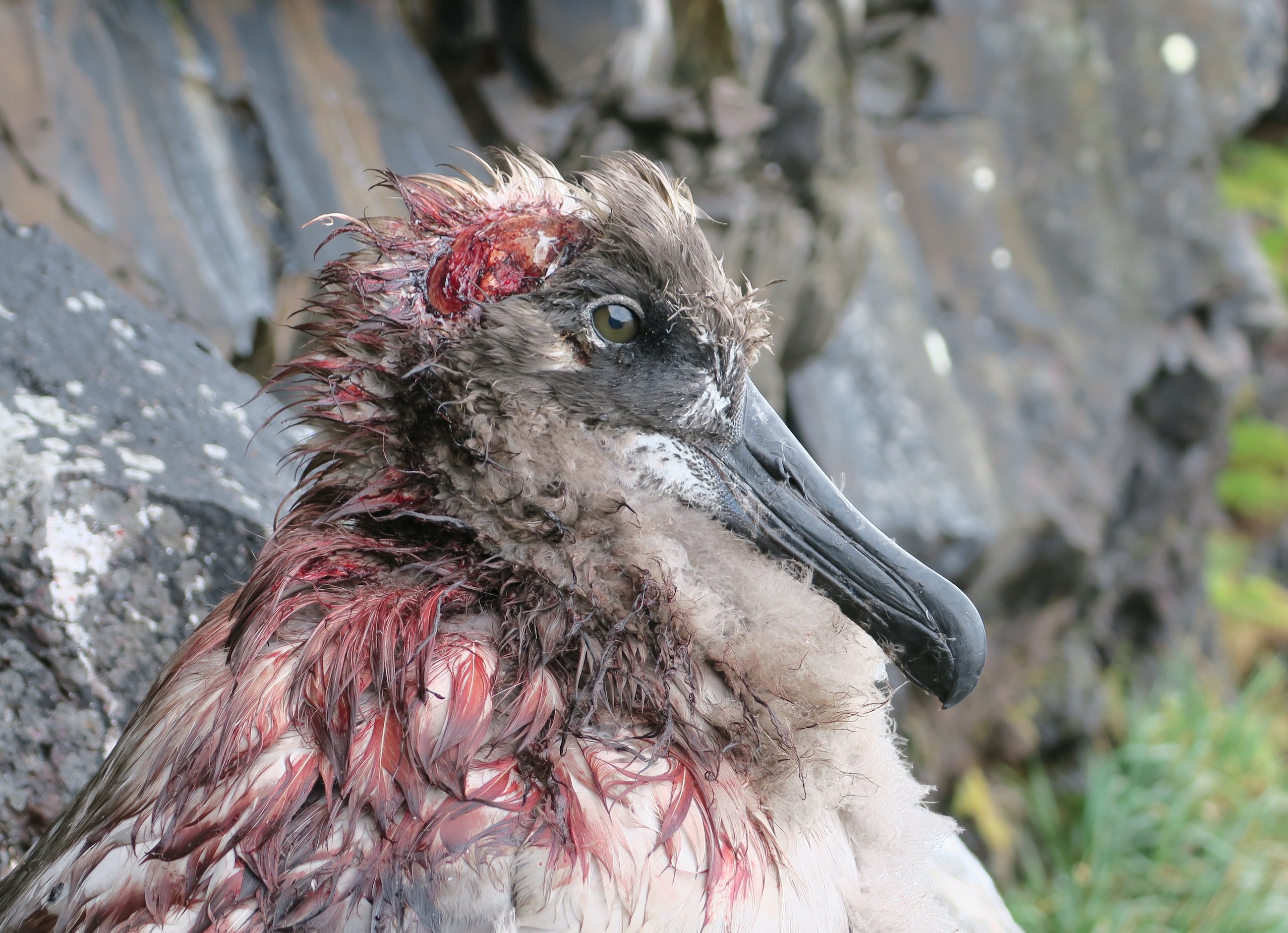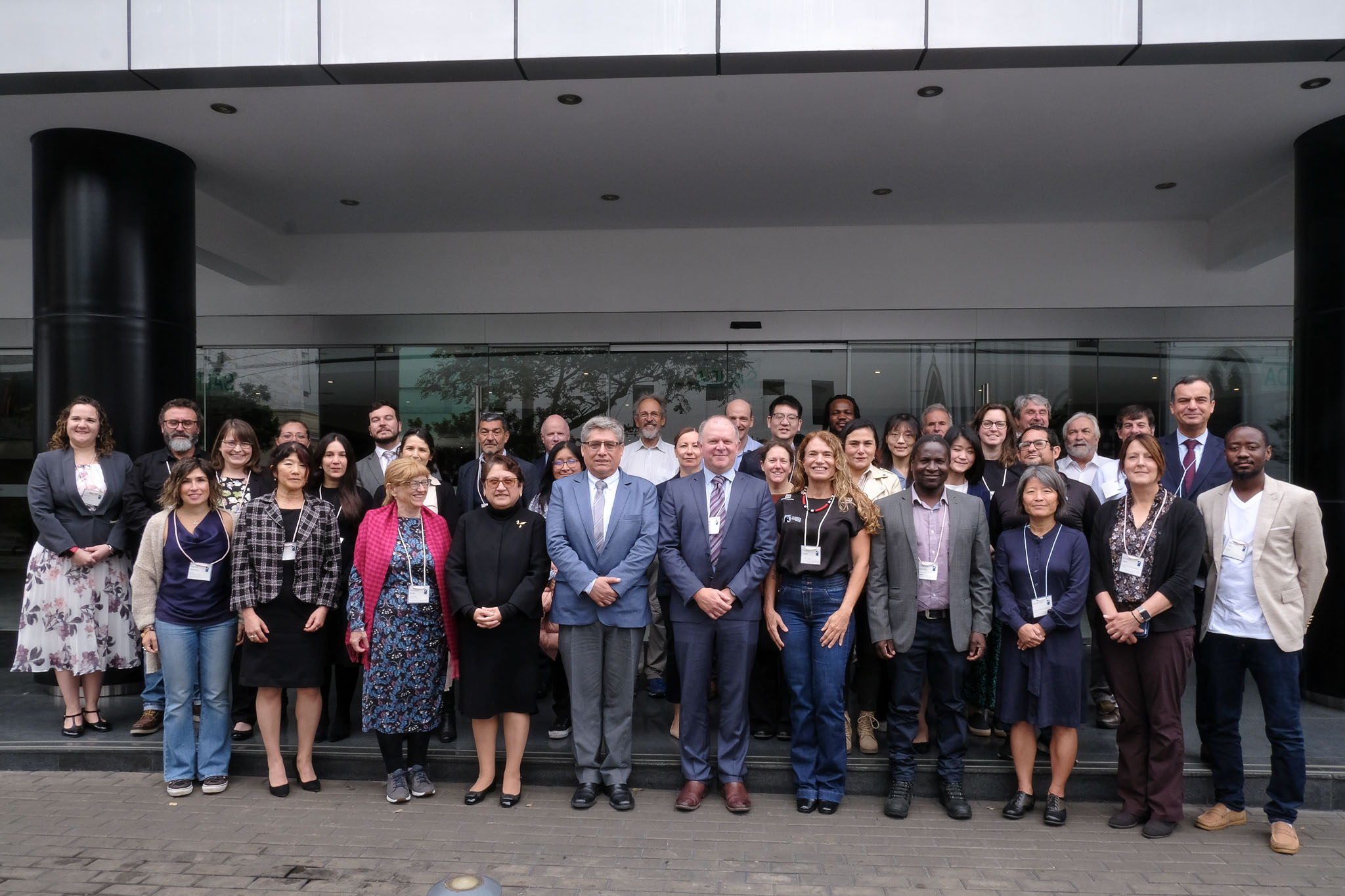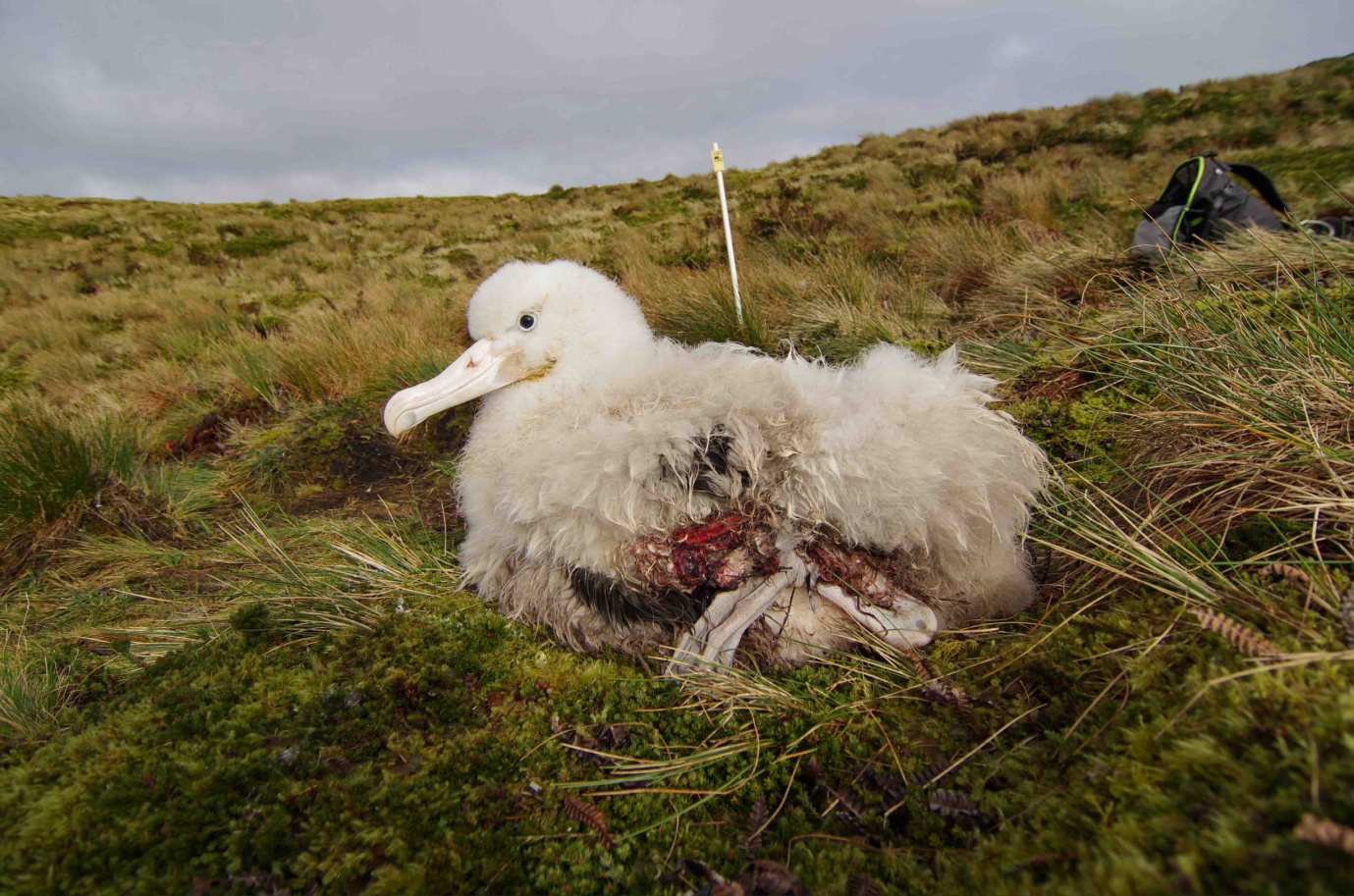
The latest ACAP Species Infographic released today, the 17th to be produced in the 31-species series, is for the Vulnerable White-chinned Petrel Procellaria aequinoctialis. It is the second to be produced for an ACAP-listed petrel, following that for the Near Threatened Grey Petrel P. cinerea. The other 15 infographics are all for albatrosses. It is also being produced in the official ACAP languages of French and Spanish, as well as in Portuguese, to reflect its regular occurrence in the waters off Brazil. These versions will be released soon.
The ACAP Species Infographic series has been designed to help inform the public, including school learners, of the threats faced by albatrosses and petrels and what is being and can be done to combat them. They serve to complement the more detailed and referenced ACAP Species Assessments, the concise and illustrated ACAP Species Summaries and the ACAP Photo Essay series. English and Portuguese language versions of all the infographics produced to date are available to download here. French and Spanish versions can be found in their respective language menus for the website under Infographies sur les espèces and Infographía sobres las especies.
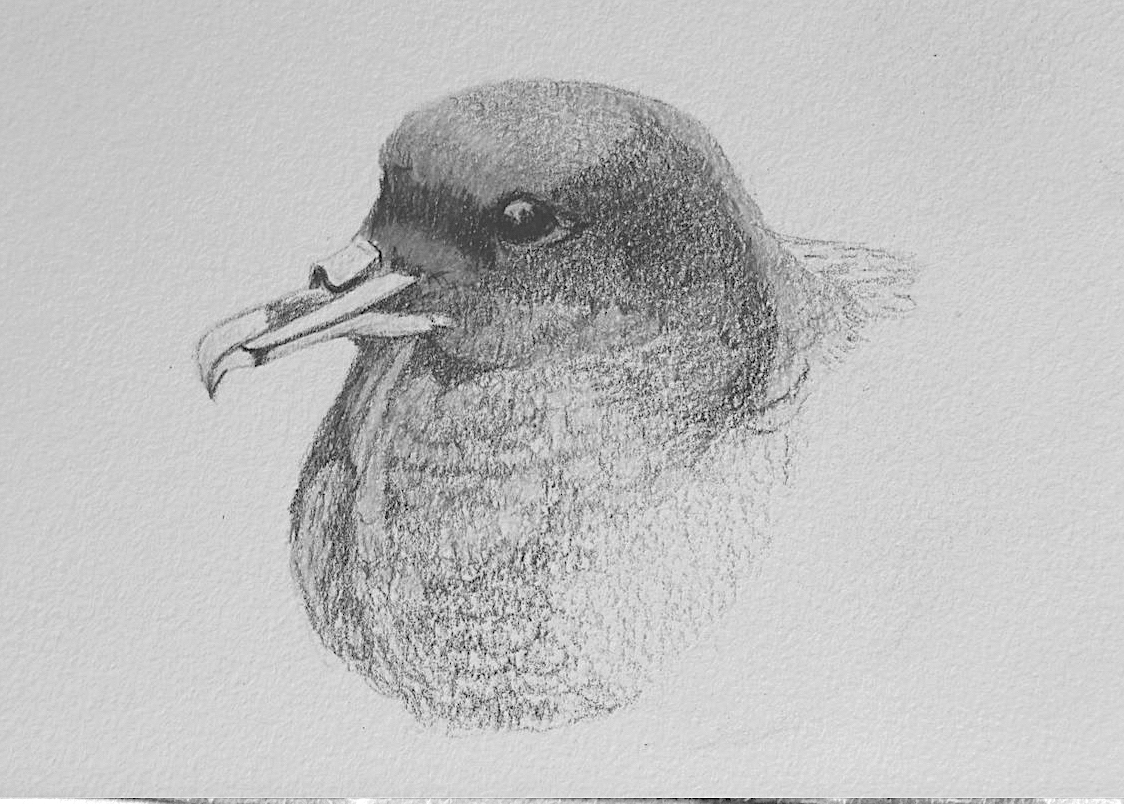 White-chinned Petrel by Judith MacKay of Artists and Biologists Unite for Nature for ACAP, after a photograph (see below) by Andy Wood
White-chinned Petrel by Judith MacKay of Artists and Biologists Unite for Nature for ACAP, after a photograph (see below) by Andy Wood
The 17 infographics produced to date may be freely downloaded at a high resolution to allow for printing professionally in two poster sizes (approximately A2 and A3). Please note they are only being made available for personal use or when engaging in activities that will aid in drawing attention to the conservation crisis faced by the world’s albatrosses and petrels – when ACAP will be pleased to receive a mention. They should not be used for personal gain.
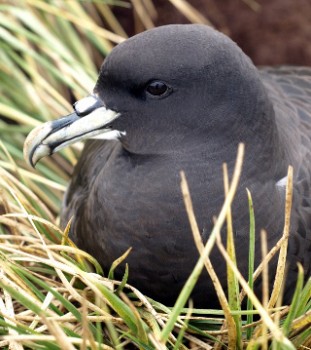 White-chinned Petrel on Bird Island, South Atlantic, photograph by Andy Wood
White-chinned Petrel on Bird Island, South Atlantic, photograph by Andy Wood
Work has now commenced on producing infographics for the Northern Macronectes halli and Southern M. giganteus Giant Petrels. Both have been sponsored by the Australian Antarctic Division.
The ACAP Species Infographics are being created by Thai illustrator Namasri ‘Namo’ Niumim from Bangkok. Namo is a graduate of the School of Architecture and Design, King Mongkut’s University of Technology Thonburi with a Bachelor of Fine Arts in Communication Design.
With thanks to Jonathon Barrington, Karine Delord, Johannes Fischer, Graham Parker, Richard Phillips and Peter Ryan for their help.
John Cooper, Emeritus Information Officer, Agreement on the Conservation of Albatrosses and Petrels, 04 October 2024

 English
English  Français
Français  Español
Español 
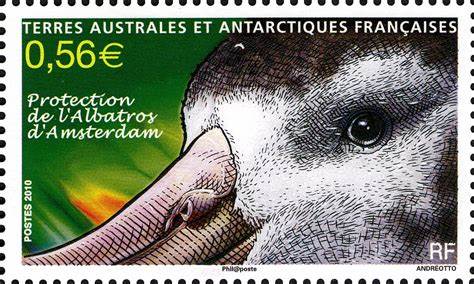
 ACAP Executive Secretary Dr Christine Bogle meets with students visiting Projeto Albatroz's newly opened Marine Environmental Education and Visitation Centre in the coastal city of Cabo Frio
ACAP Executive Secretary Dr Christine Bogle meets with students visiting Projeto Albatroz's newly opened Marine Environmental Education and Visitation Centre in the coastal city of Cabo Frio A translocated Laysan Albatross egg gets a new owner, photograph by Hob Osterlund
A translocated Laysan Albatross egg gets a new owner, photograph by Hob Osterlund